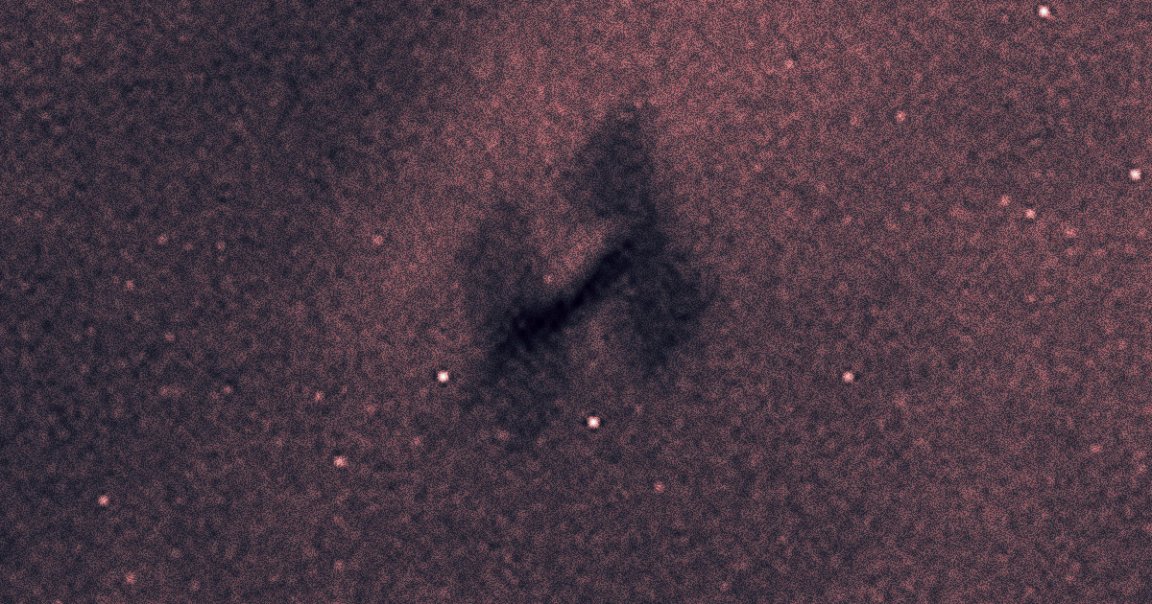
Fiery Demise
After almost three decades in orbit, a large satellite called ERS-2 came barreling back down to Earth on Wednesday, finally meeting its end by burning up in our atmosphere. Safe to say that the old codger went out in a blaze of glory — and thankfully, we’ve got photos documenting its epic final moments.
Those photos, released earlier this week, come courtesy of the European Space Agency (ESA), and were captured by cameras on board nearby satellites operated by Australian space company HEO.
Taken between mid-January and early February, they depict ERS-2 plunging down to our atmosphere a few weeks before re-entering it. Note that it’s a long journey, and the spacecraft was still some 180 miles above Earth. But at a pace of some six miles per day, it wouldn’t be long before it inevitably reached our atmosphere.
As many have observed, the grainy images make it strongly resemble a TIE Fighter from “Star Wars,” perhaps in pursuit of some meddling rebel hiding out on Earth.
Climate Pioneer
ERS-2 was decommissioned in 2011, and has spent the better part of the years that followed slowly de-orbiting to make room for other satellites.
Launched in 1995, in its heyday it was the “most sophisticated Earth observation spacecraft ever developed and launched by Europe,” the ESA said, gathering critical data on our planet’s climate, and specifically its ozone layer.
With its advanced capabilities, ERS-2 also helped scientists understand the severity of global warming and climate change, such as revealing that the Earth’s ice sheets, once believed to be stable, were actually melting at a rapid pace.
The satellite was still functioning when it was decommissioned over a decade ago, but it was decided that its remaining fuel should be used to push itself down out of its orbit. By the time it neared our atmosphere, no fuel was remaining, and so its re-entry was uncontrolled.
On Wednesday, it finally came hurtling through the atmosphere. Most if not all of it would disintegrate and burn up due to the immense drag, with any errant debris falling into the ocean. And thus marked the end of a beloved satellite, cremated in the coolest way possible.
“Goodnight everyone. Goodnight ERS-2,” ESA Operations said on X, formerly Twitter.
More on spacecraft: The Private Moon Lander Has Safely Touched Down on the Moon